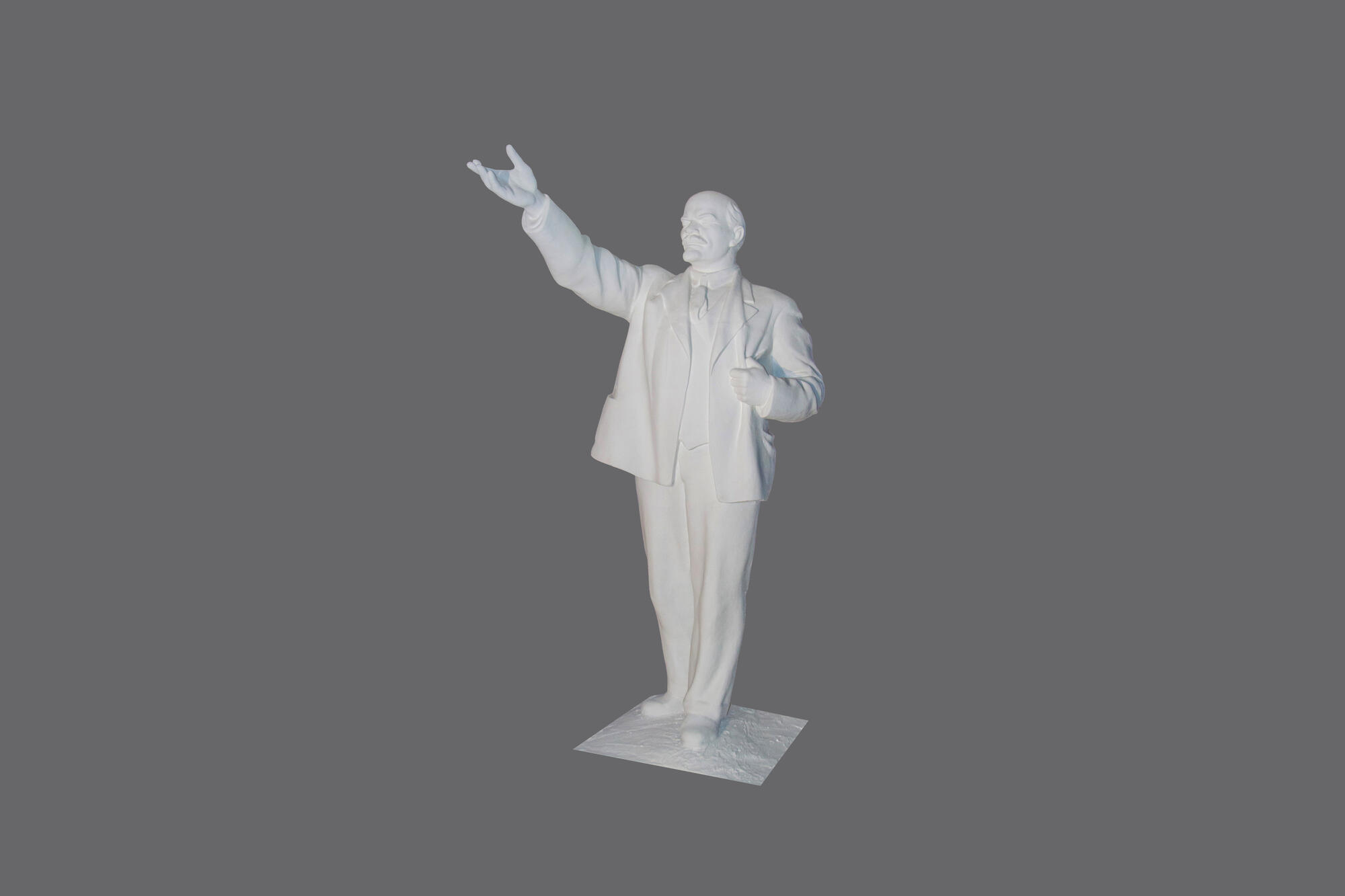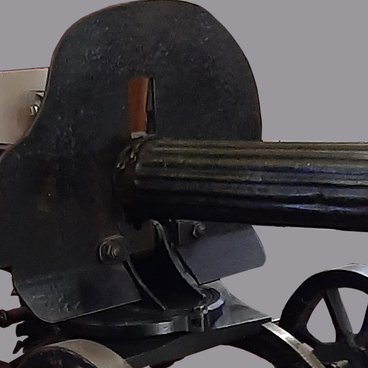On July 16, 1891, the Dormition Cathedral was laid on the territory of the former city grove in the presence of the future emperor Nicholas II. The square nearby began to be called ‘Sobornaya’ (‘Cathedral Square’ in Russian). When the Bolsheviks took power, they adopted the Decree on Separation of Church and State. In 1933, the bells were removed from the cathedral, and in 1935, when the monument of Vladimir Lenin was installed, the cathedral was blown up.
The monument was the centerpiece of the square. However, in 1999, a wayside cross was installed on the site of the former Dormition Cathedral, and in 2005, the Omsk region government decided to reconstruct the cathedral. In the same year, the first stone of the new cathedral was laid. The construction began in January 2006. In the same year, the Ministry of Culture of the Omsk region received appeals from the Society of Indigenous Omsk Residents and the Omsk regional branch of the All-Russian Society for the Protection of Monuments of History and Culture to consider removing the Lenin monument from state protection or relocating it.
In 2007, the historical name of the square was restored. By that time, both the monument and its base had already begun to deteriorate, and cracks had appeared in the concrete. It was decided to mothball and dismantle the monument to renovate it and install it in a new place. It was also removed from the list of historic and cultural monuments of local significance.
The sculpture was dismantled on July 28, 2007, and transferred for preservation to the Restoration Center. The monument came there in parts: during the dismantling, it was broken up into 5 separate solid blocks and 14 smaller fragments. In 2008, the sculpture came to the Omsk State Museum of History and Regional Studies. It was raised piece by piece on the second floor in the ‘From Century to Century’ exhibition hall and assembled. The Omsk specialists Aleksandr Pirogov and Mikhail Kuznetsov restored the sculpture. Now it is displayed in the ‘Peter the Great’s Siberian City’ exposition.
The monument was the centerpiece of the square. However, in 1999, a wayside cross was installed on the site of the former Dormition Cathedral, and in 2005, the Omsk region government decided to reconstruct the cathedral. In the same year, the first stone of the new cathedral was laid. The construction began in January 2006. In the same year, the Ministry of Culture of the Omsk region received appeals from the Society of Indigenous Omsk Residents and the Omsk regional branch of the All-Russian Society for the Protection of Monuments of History and Culture to consider removing the Lenin monument from state protection or relocating it.
In 2007, the historical name of the square was restored. By that time, both the monument and its base had already begun to deteriorate, and cracks had appeared in the concrete. It was decided to mothball and dismantle the monument to renovate it and install it in a new place. It was also removed from the list of historic and cultural monuments of local significance.
The sculpture was dismantled on July 28, 2007, and transferred for preservation to the Restoration Center. The monument came there in parts: during the dismantling, it was broken up into 5 separate solid blocks and 14 smaller fragments. In 2008, the sculpture came to the Omsk State Museum of History and Regional Studies. It was raised piece by piece on the second floor in the ‘From Century to Century’ exhibition hall and assembled. The Omsk specialists Aleksandr Pirogov and Mikhail Kuznetsov restored the sculpture. Now it is displayed in the ‘Peter the Great’s Siberian City’ exposition.



